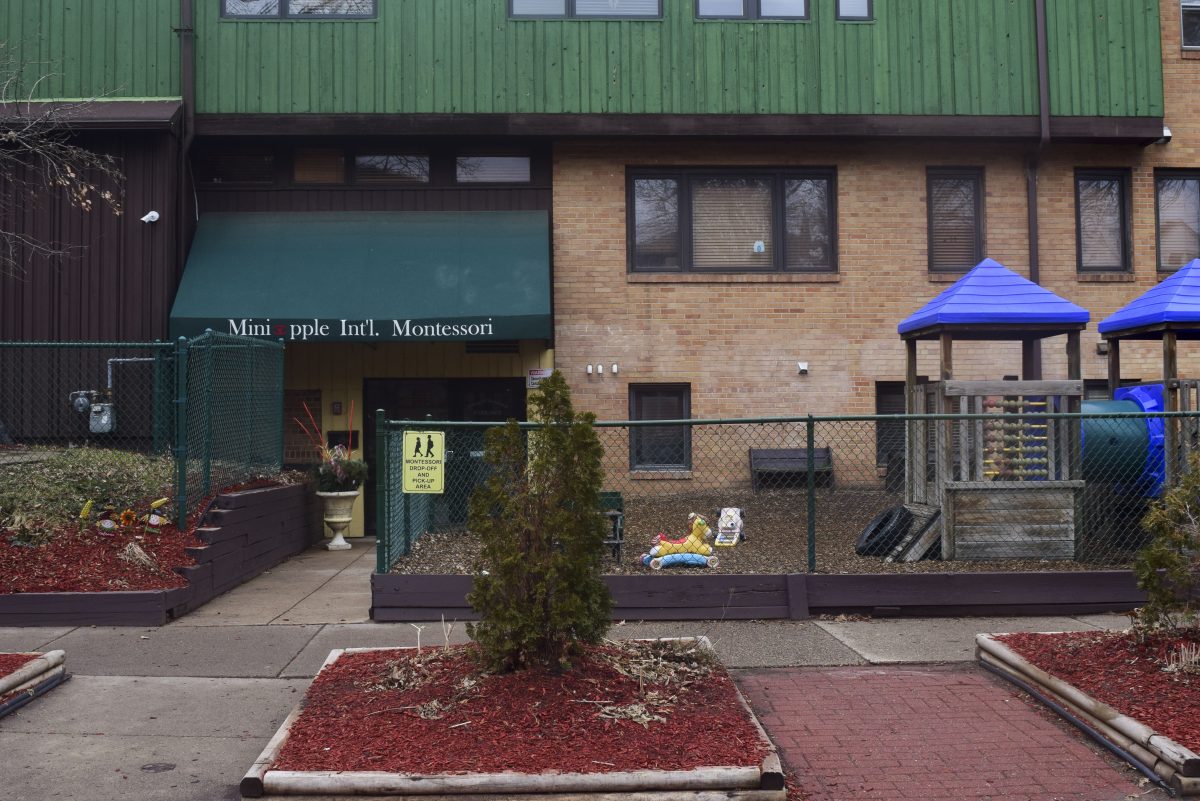Minneapolis building permits totaled $1.2 billion last year, mostly for residential housing, breaking a city record and reflecting a larger migration trend — one that University of Minnesota neighborhoods mirror.
The city approved nearly $526.8 million in building permits for the University area in 2013, about eight times more than a decade ago. City officials expect the uptick in permit value to keep increasing.
Some say urban population growth can be good news, but an area’s character and the city’s comprehensive plan can be at risk if development is misguided.
“We welcome growth. Growth brings vitality,” said Cordelia Pierson, president of the Marcy-Holmes Neighborhood Association. “Preserving historic identity and character is extremely important.”
According to city data, many neighborhoods in the University and downtown areas have each gained at least 500 residents between 2000 and 2010 — more than any other part of the city.
Pierson said development along transit corridors in the Marcy-Holmes area is encouraging, but building elsewhere could interfere with the neighborhood’s unique character.
She said the intersection of Fourth Street Southeast and 14th Avenue Southeast in Dinkytown, for example, is a “crossroads of culture, of commerce and community” and should be protected.
The majority of the city’s total permit value came from multi-unit, residential construction, said Jeremy Hanson Willis, director of Minneapolis Community Planning and Economic Development.
Permits approved last year in the University’s area included developments like The Bridges, The Marshall and the Venue at Dinkytown apartment projects.
City Planning Commission President Ted Tucker said construction moves in waves. Before a boom in student housing, he said, hotels were popular.
Although the market could change by next year, he said, another billion-dollar year of permit valuation wouldn’t be surprising.
Besides protecting a neighborhood’s culture, Tucker said it’s important for development to fit in with the city’s broader goals, like remaining sustainable.
He said Mayor Betsy Hodges hopes Minneapolis’ population surpasses 500,000.
Population growth benefits the city, said Doug Kress, director of development services for Minneapolis, by increasing the tax base, for example.
In 1950, the city’s population was 522,000, according to city data, and has since decreased. The 2012 population was about 393,000.
People moving to Minneapolis could also improve the city’s national standing, Pierson said.
“[Growth] helps us compete with Dallas and Denver,” she said.
A ‘golden age of cities’
The improving economy explains the increase in permit value, Tucker said.
Buildings are more complex and more expensive, Kress said, which also contributes to higher permit values.
But rental apartments have been driving the construction market for the last few years, pointing to an urban migration trend, Hanson Willis said.
Instead of a push to live in the suburbs like in past decades, he said, more people want to live in cities.
“We are capturing a lot of that population shift,” Hanson Willis said. “I think this next century is going to be a golden age of cities.”





















![Gwyn, Macy, Daniel, and Nora [pictured left to right] brave the sub-zero windchill on an icy afternoon to skate together in Van Cleve park. The park, located just north of Dinkytown in Como, becomes a popular winter activity hub for students and nearby residents each year when the park’s fields are frozen to create a public ice skating rink.](https://mndaily.com/wp-content/uploads/2024/01/FzDx2ZjdXLtO33r1j1atrf7jrtQtocs9vnp8k2AT-2-1200x801.jpeg)
